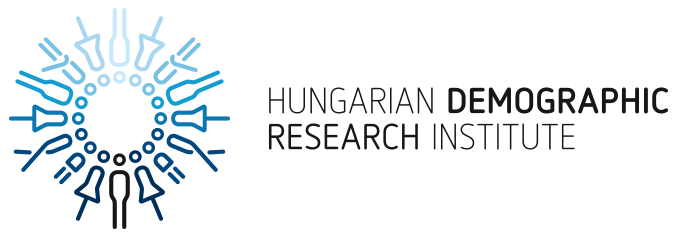The relationships between childlessness and educational attainment among women born between 1920 and 1979 in Hungary
DOI:
https://doi.org/10.21543/DEE.2020-21.1Abstract
Using comprehensive, individual-level census and micro census data from 1970 to 2016, our analysis seeks to answer the question of how the level of childlessness has changed in Hungary among women born between 1920 and 1979. Are there any differences by educational attainment and how the extent of childlessness would have changed if there had been no expansion in education? Our results indicate that the proportion of childless women has changed over time, both overall and within each educational group. The level of childlessness among women with different educational attainment has become increasingly similar to that of women with secondary education. Convergence was strongest between those with primary and vocational education. The level of childlessness among women with secondary and tertiary education has also become similar, although it remained consistently higher for college and university graduates. We also set up two hypothetical childlessness scenarios. In the fixed education scenario, the educational composition of women born in 1945–1949 was held constant and was projected to all birth cohorts. In the fixed childlessness by education scenario, we held the childlessness rate constant within all educational categories of women born in 1955–1959 and projected it onto the other birth cohorts. For both scenarios we calculated the overall childlessness for each cohort. Our calculations indicate that the change in the composition of women by educational attainment had a smaller effect on overall childlessness rates than the change in the level of childlessness among women with different levels of schooling.

